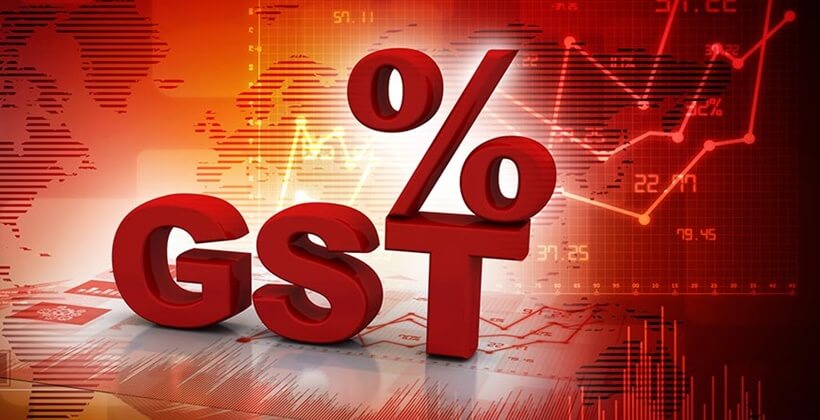
The equity rally was immediate and broad‑based. By 9:15 a. m. IST, the Sensex had risen by approximately 1.1 per cent to about 81,457, while the Nifty 50 climbed 1.08 per cent to around 24,981 points. Automotive and consumer sectors led gains, with auto stocks surging 3.6 per cent and FMCG firms up 2.7 per cent.
The GST Council approved a major restructuring of the indirect tax regime, simplifying it from four slabs to two—5 per cent and 18 per cent—effective from 22 September, which marks the start of Navaratri. A higher 40 per cent slab will be levied on luxury and sin goods such as high-end cars, tobacco products, sugary drinks and certain vehicles. Essential items—ranging from packaged foods, toothpaste, dairy products and medicines to basic electronics, home appliances, and life and health insurance—will benefit from lower rates or full exemption.
Analysts from Jefferies, led by Mahesh Nandurkar, noted that these tax cuts are expected to spur domestic demand and bolster growth ahead of the festive period. Several factors contributed to market enthusiasm beyond tax relief. A softer US dollar, buoyant global equities and favourable technicals further underpinned investor sentiment.
The reform introduced a combined fiscal impact that appears mitigated—while the government foresees a ₹480 billion revenue shortfall, this is lower than earlier estimates of up to ₹1.8 trillion. Inflation could ease by as much as 1.1 percentage points, according to Citi.
The broader economic context is critical. US tariffs of up to 50 per cent on Indian exports have raised concerns about export viability. The GST revamp is part of a strategic response to soften external pressure and elevate domestic consumption. These reforms form a dual thrust: give relief to consumers while countering tariff‑driven headwinds.
Yet, critics remain cautious. The Congress labelled the overhaul “GST 1.5”, questioning whether it fulfills longstanding demands—especially regarding compensation for state revenues and relief for MSMEs. Opposition leaders argue the reforms fall short of a comprehensive “GST 2.0”.
Market watchers also warn that while domestic consumption may receive a boost, external challenges persist. Analysts point to the steepest earnings downgrade among Indian firms in Asia, attributed to tariff effects and broader macro risks. Even as Standard Chartered projects GST reforms could lift growth by 0.35–0.45 percentage points in FY27, longer‑term outcomes remain uncertain.
In the immediate aftermath of the announcement, all 13 major sectors gained, with autos and consumer goods particularly in demand. The sharp rally reflects investor expectations for a strong pre‑Diwali upswing—and, potentially, a further push if tariff tensions ease.
Projections ahead suggest that the GST changes could meaningfully impact consumption patterns, especially across middle-income households. With the tax structure simplified and prices reduced on everyday essentials, economic activity may accelerate—though much will depend on the scale of implementation and pass-through to consumers.
The market bounce underscores both the relief tax policy can provide in turbulent times and the challenges that remain for sustained gains amid external trade pressures and fiscal constraints.
